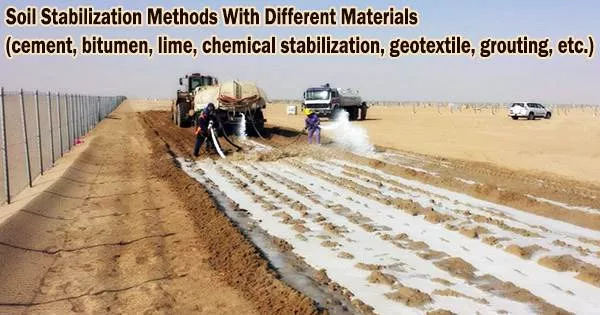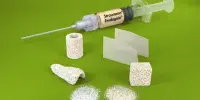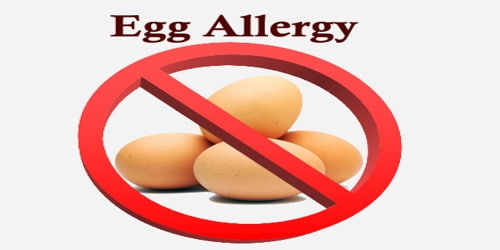By blending and combining various components, soil stabilization is a technique for enhancing the qualities of soil. Following are the various soil stabilization methods and materials:
Soil Stabilization with Cement
The soil stabilized with cement is known as soil cement. The chemical reactions between cement and siliceous soil during the hydration reaction are thought to be the cause of the cementing activity. The type of soil contained in the cement, the circumstances of mixing, compaction, curing, and admixtures utilized are the key influencing elements. The appropriate amounts of cement needed for different types of soils may be as follows:
- Gravels – 5 to 10%
- Sands – 7 to 12%
- Silts – 12 to 15%, and
- Clays – 12 – 20%
For the stability of soil in tropical climates, the amount of cement needed should typically be sufficient for a compressive strength of 25 to 30 kg/cm2. If the layer of soil having surface area of A (m2), thickness H (cm) and dry density rd (tonnes/m3), has to be stabilized with p percentage of cement by weight on the basis of dry soil, cement mixture will be 100×p / 100+p and, the amount of cement required for soil stabilization is given by Amount of cement required, in tones = (AHrd/100)×(p/100+p) Lime, calcium chloride, sodium carbonate, sodium sulphate and fly ash are some of the additives commonly used with cement for cement stabilization of soil.
Soil Stabilization using Lime
Heavy polymeric clayey soils can be effectively treated with slaked lime. Lime can be used on its own or in conjunction with fly ash, bitumen, or cement. These combinations can also stabilize sandy soils.
Lime has mostly been utilized to stabilize the subgrade and road bases. Lime has a pozzolanic effect and alters the nature of the adsorbed layer. The addition of lime to the soil lowers the plasticity index of extremely plastic soils. The ideal water content increases, the maximum density of compacted soil decreases, and soil strength and durability rise.
Normally 2 to 8% of lime may be required for coarse grained soils and 5 to 8% of lime may be required for plastic soils. The amount of fly ash as admixture may vary from 8 to 20% of the weight of the soil.
Soil Stabilization with Bitumen
Bituminous materials like asphalts and tars are typically used to build pavements and stabilize soil. When bituminous materials are added to soil, the soil becomes more cohesive and absorbs water less slowly. Depending upon the above actions and the nature of soils, bitumen stabilization is classified in following four types:
- Sand bitumen stabilization
- Soil Bitumen stabilization
- Water proofed mechanical stabilization, and
- Oiled earth.
Chemical Stabilization of Soil
As a water-retentive ingredient in mechanically stabilized soil bases and surface, calcium chloride, which is hygroscopic and deliquescent, is utilized. Surface tension rises, the vapor pressure drops, and the rate of evaporation reduces. Frost heave is prevented or reduced as a result of the decrease in the freezing point of pure water. By lowering the electric double layer and reducing water uptake, salt prevents fine-grained soils from losing strength.
Compaction is aided by calcium chloride’s role as a flocculant for the soil. Calcium chloride may need to be applied often to make up for the chemical loss caused by leaching activity. The atmosphere’s relative humidity needs to be greater than 30% for the salt to work.
The other chemical that can be utilized for this is sodium chloride, which has a stabilizing effect comparable to that of calcium chloride. Sodium silicate is yet another chemical used for this purpose in combination with other chemicals such as calcium chloride, polymers, chrome lignin, alkyl chlorosilanes, siliconites, amines and quarternary ammonium salts, sodium hexametaphosphate, phosphoric acid combined with a wetting agent.
Electrical Stabilization of Clayey Soils
The electro-osmosis technique is used to electrically stabilize clayey soils. This labor-intensive technique for stabilizing soil is primarily employed to allow cohesive soils to drain.
Soil Stabilization by Grouting
Stabilizers are injected into the soil using this technique. Due of their low permeability, clayey soils are not suitable for this approach. This method of stabilizing soil is expensive. This technique works well for stabilizing underground zones with a relatively small footprint. The grouting techniques can be classified as following:
- Clay grouting
- Chemical grouting
- Chrome lignin grouting
- Polymer grouting, and
- Bituminous grouting
Soil Stabilization by Geotextiles and Fabrics
Geotextiles are synthetic porous textiles made of nylon, polyvinyl chloride, polyethylene, and other synthetic fibers. Geotextiles come in woven, non-woven, and grid shape variations. Geotextiles are extremely strong. It increases the stability of the structure when appropriately buried in the ground. It is utilized when building unpaved roads over softer soils. incorporating metallic strips into the soil to stabilize it and giving a facing skin element a tie back or anchor.
















